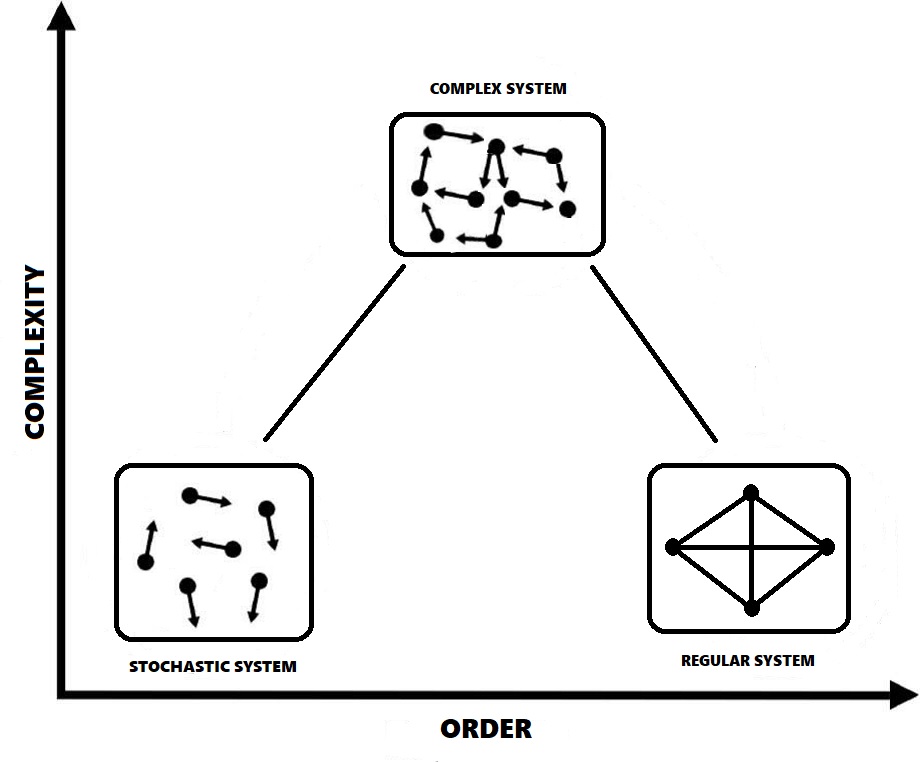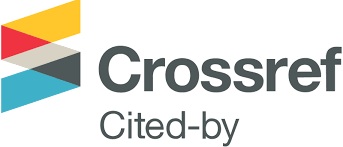Entropic Consciousness: a proposal
DOI:
https://doi.org/10.59973/ipil.41Keywords:
IIT, EC, Consciousness, Entropy, Mass, Energy, Information, MEI principleAbstract
The present work aims to be an advancement in the field of the science of consciousness, with the creation of a new conceptual formulation, “Entropic Consciousness” (EC). It starts from the milestones of Tononi’s Integrated Information Theory (IIT), and deepens them, looking at the conscious phenomenon from another perspective. By means of the MEI equivalence and the Landauer limit it equates the three energetic forms - information, energy, mass - and develops a new lens from which derive important implications regarding conscious experience and its consequences. Finally, he inserts the “free energy principle” developed by Friston into the discussion of consciousness, integrating it with the theorizations developed.
References
Descartes, R. (1641), Meditazioni metafisiche.
Seth, A. K., & Bayne, T. (2022). Theories of consciousness. Nature Reviews Neuroscience, 23(7), 439-452. DOI: https://doi.org/10.1038/s41583-022-00587-4
Tononi, G. (2003). Galileo e il fotodiodo: cervello, complessità e coscienza. Laterza.
Tononi, G. (2008). Consciousness as integrated information: a provisional manifesto. The Biological Bulletin, 215(3), 216-242. DOI: https://doi.org/10.2307/25470707
Tononi, G. (2012). Phi: A Voyage from the Brain to the Soul. Pantheon.
Tononi, G., & Massimini, M. (2013). Nulla di più grande. Baldini & Castoldi.
Oizumi, M., Albantakis, L., & Tononi, G. (2014). From the phenomenology to the mechanisms of consciousness: integrated information theory 3.0. PLoS computational biology, 10(5), e1003588. DOI: https://doi.org/10.1371/journal.pcbi.1003588
Watts, D. J., & Strogatz, S. H. (1998). Collective dynamics of “small-world” networks. Nature, 393 (6684), 440-442 DOI: https://doi.org/10.1038/30918
Engel, D., & Malone, T. W. (2018). Integrated information as a metric for group interaction. PLoS One, 13(10), e0205335 DOI: https://doi.org/10.1371/journal.pone.0205335
Carhart-Harris, R. L., Erritzoe, D., Williams, T., Stone, J. M., Reed, L. J., Colasanti, A., ... & Nutt, D. J. (2012). Neural correlates of the psychedelic state as determined by fMRI studies with psilocybin. Proceedings of the National Academy of Sciences, 109(6), 2138-2143. DOI: https://doi.org/10.1073/pnas.1119598109
Seth, A. (2021). Being you: A new science of consciousness. Penguin.
Landauer, R. (1961). Irreversibility and heat generation in the computing process. IBM journal of research and development, 5(3), 183-191. DOI: https://doi.org/10.1147/rd.53.0183
Shannon, C. E. (1948). A mathematical theory of communication. The Bell system technical journal, 27(3), 379-423. DOI: https://doi.org/10.1002/j.1538-7305.1948.tb01338.x
Landauer, R. (1991). Information is physical. Physics Today, 44(5), 23-29. DOI: https://doi.org/10.1063/1.881299
Bérut, A., Arakelyan, A., Petrosyan, A., Ciliberto, S., Dillenschneider, R., & Lutz, E. (2012). Experimental verification of Landauer’s principle linking information and thermodynamics. Nature, 483(7388), 187-189. DOI: https://doi.org/10.1038/nature10872
Vopson, M.M., The mass-energy-information equivalence principle. AIP Advances, 9, 095206 (2019). https://doi.org/10.1063/1.5123794 DOI: https://doi.org/10.1063/1.5123794
Vopson, M.M., The information catastrophe, AIP Advances, 10, 085014 (2020). https://doi.org/10.1063/5.0019941 DOI: https://doi.org/10.1063/5.0028117
Vopson, M.M., Experimental protocol for testing the mass–energy–information equivalence principle. AIP Advances, 12, 035311 (2022). https://doi.org/10.1063/5.0087175 DOI: https://doi.org/10.1063/5.0087175
Ben-Naim, A. (2008). Entropy Demystified: The Second Law Reduced to Plain Common Sense (Revised Edition). World Scientific. DOI: https://doi.org/10.1142/6916
Casarotto, S., Comanducci, A., Rosanova, M., Sarasso, S., Fecchio, M., Napolitani, M., ... & Massimini, M. (2016). Stratification of unresponsive patients by an independently validated index of brain complexity. Annals of neurology, 80(5), 718-729. DOI: https://doi.org/10.1002/ana.24779
Friston, K., Kilner, J., & Harrison, L. (2006). A free energy principle for the brain. Journal of physiology-Paris, 100(1-3), 70-87. DOI: https://doi.org/10.1016/j.jphysparis.2006.10.001
Friston, K. (2009). The free-energy principle: a rough guide to the brain? Trends in cognitive sciences, 13(7), 293-301. DOI: https://doi.org/10.1016/j.tics.2009.04.005
Friston, K. (2010). The free-energy principle: a unified brain theory? Nature reviews neuroscience, 11(2), 127-138. DOI: https://doi.org/10.1038/nrn2787

Downloads
Published
How to Cite
Issue
Section
License
Copyright (c) 2023 Samuele Manco

This work is licensed under a Creative Commons Attribution 4.0 International License.














